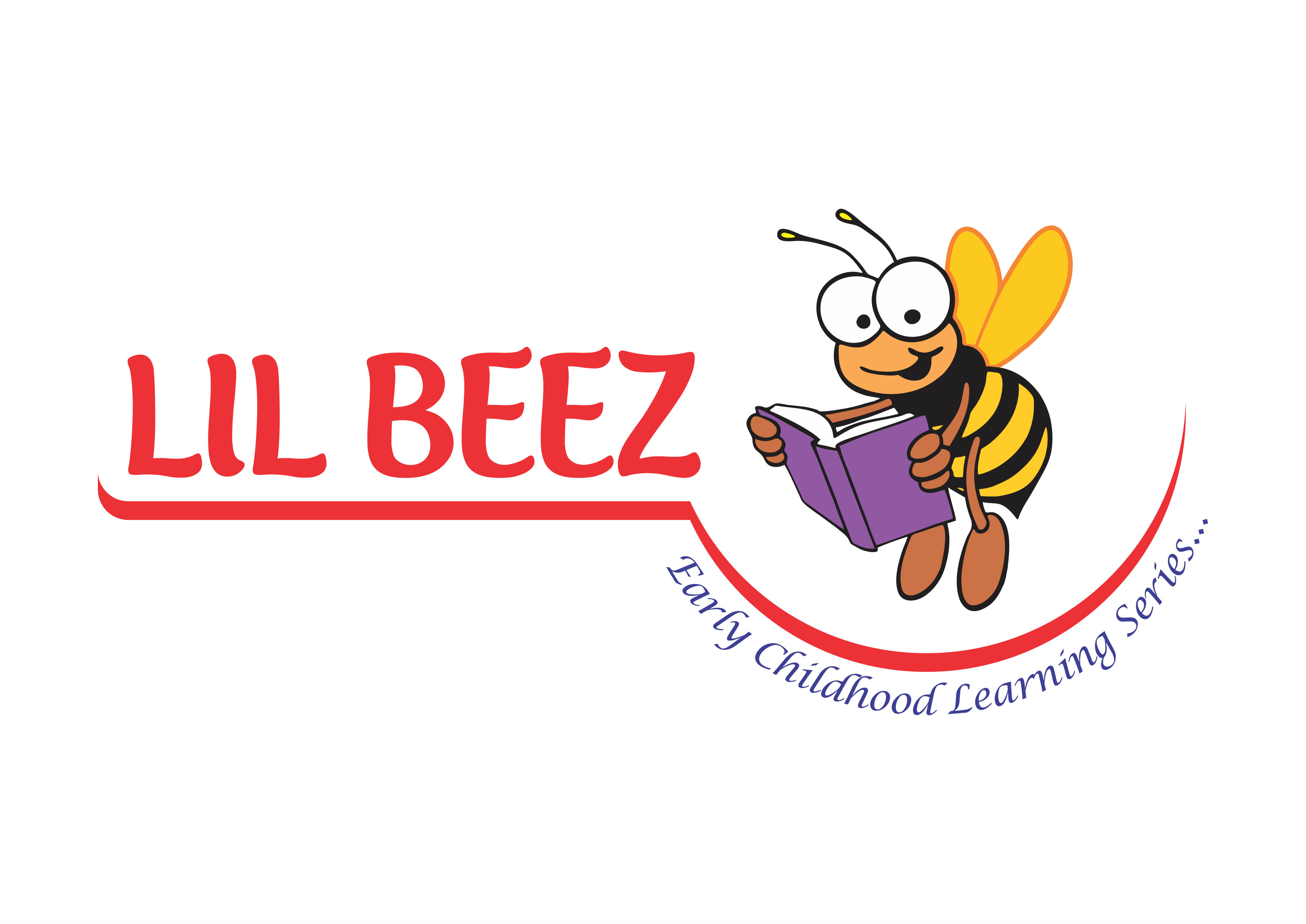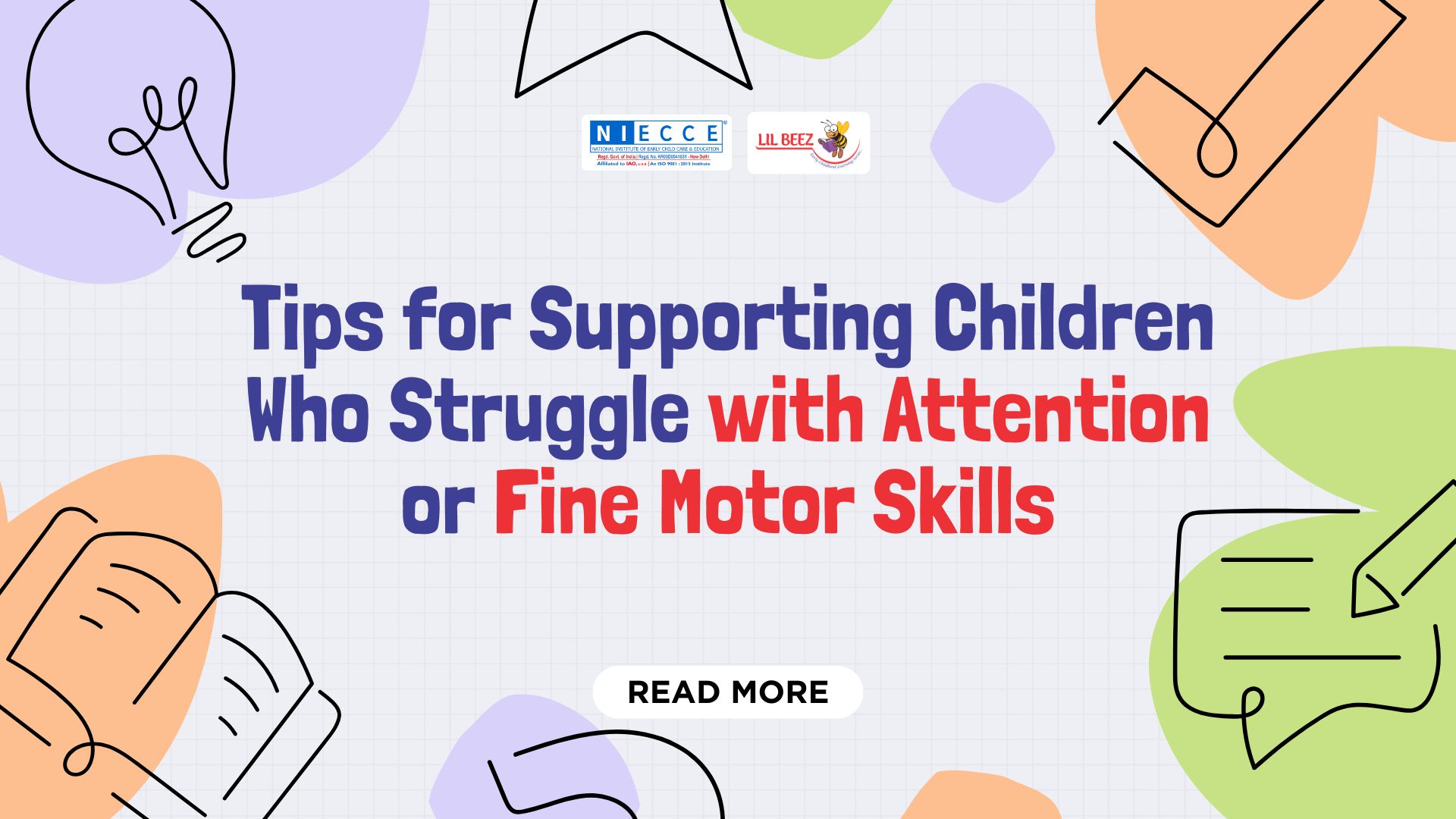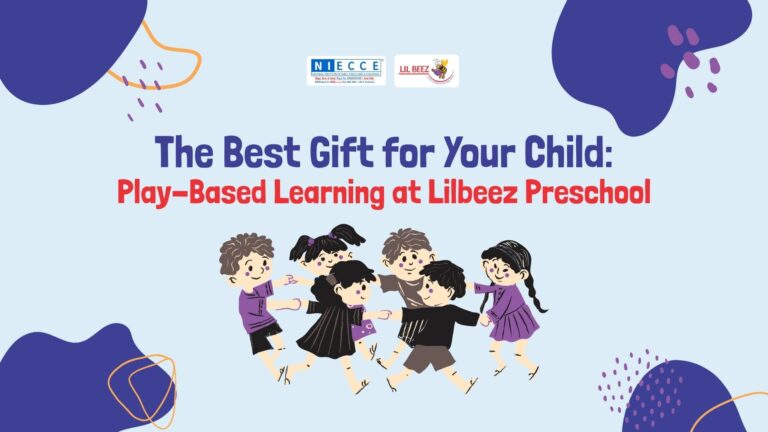Every child learns and develops at their own pace. For some preschoolers, paying attention for longer periods or mastering tasks that require fine motor control—like holding a pencil, using scissors, or buttoning a shirt—can be particularly challenging. The good news? With the right activities, patience, and support, parents and teachers can help children gradually build these essential skills.
In this blog, we’ll explore practical tips, fun exercises, and strategies to make learning less overwhelming and more engaging for little ones.
Why Attention and Fine Motor Skills Matter
- Attention skills help children focus, follow instructions, and complete activities—vital foundations for school readiness.
- Fine motor skills involve the coordination of small muscles in the hands and fingers. These are essential for everyday activities like eating, dressing, writing, and creative play.
Struggles in these areas don’t mean a child isn’t capable—they just need a little extra practice in ways that feel fun and manageable.
Exercises to Improve Hand Strength and Coordination
- Playdough Play
- Encourage children to squeeze, roll, pinch, and cut playdough with plastic tools.
- Benefits: Builds hand and finger strength while sparking creativity.
- Encourage children to squeeze, roll, pinch, and cut playdough with plastic tools.
- Bead Threading & Lacing Cards
- Have children thread large beads onto a string or practice with lacing cards.
- Benefits: Improves hand-eye coordination and pincer grip.
- Have children thread large beads onto a string or practice with lacing cards.
- Clothespin Games
- Ask children to clip clothespins onto the edge of a box or a piece of cardboard.
- Benefits: Strengthens finger muscles and coordination.
- Ask children to clip clothespins onto the edge of a box or a piece of cardboard.
- Sponge Squeezes
- Give kids a sponge soaked in water to squeeze into another container.
- Benefits: Develops grip strength and endurance.
- Give kids a sponge soaked in water to squeeze into another container.
- Cutting Practice
- Start with child-safe scissors and let them cut along straight lines before moving to curves and shapes.
- Benefits: Enhances control, bilateral coordination, and precision.
- Start with child-safe scissors and let them cut along straight lines before moving to curves and shapes.
Activities to Support Attention and Focus
- Short, Structured Play
- Begin with activities lasting 5–10 minutes and slowly increase the duration.
- Use puzzles, matching games, or story cards to keep it interactive.
- Begin with activities lasting 5–10 minutes and slowly increase the duration.
- Movement Breaks
- Allow children to get up, stretch, or do a quick dance between tasks.
- Benefits: Releases energy and resets focus.
- Allow children to get up, stretch, or do a quick dance between tasks.
- “Find the Object” Games
- Hide small items in a sensory bin and have the child search for them.
- Benefits: Sharpens attention while engaging senses.
- Hide small items in a sensory bin and have the child search for them.
- Listening Games
- Play “Simon Says” or “Freeze Dance.”
- Benefits: Teaches children to follow instructions and practice self-control.
- Play “Simon Says” or “Freeze Dance.”
- Mindful Breathing
- Teach simple deep-breathing exercises using props like feathers or bubbles.
- Benefits: Calms the mind and improves attention span.
- Teach simple deep-breathing exercises using props like feathers or bubbles.
How to Scaffold Tasks Without Overwhelming
Scaffolding means breaking down a task into smaller, more manageable steps and gradually building independence.
- Start Simple: If the goal is writing a letter, begin with tracing shapes or lines first.
- Demonstrate First: Show how to do the task, then let the child try.
- Use Visual Aids: Arrows, dots, or coloured guides can provide cues for direction and sequence.
- Encourage, Don’t Pressure: Celebrate small successes to build confidence.
- Gradual Progression: Once a child is confident with one step, introduce the next.
For example, when teaching buttoning:
- Begin with large buttons on a fabric board.
- Move to clothing with fewer buttons.
- Finally, encourage them to practice on their own shirt.
Final Thoughts
Supporting children who struggle with attention or fine motor skills requires patience, creativity, and consistency. The key is to make practice enjoyable rather than stressful. By turning everyday tasks into playful exercises and breaking challenges into achievable steps, you’re not just building skills—you’re also building confidence.
At Lilbeez, we believe that learning should always be fun, engaging, and tailored to every child’s unique pace. With the right encouragement, even small daily efforts can lead to big milestones.




